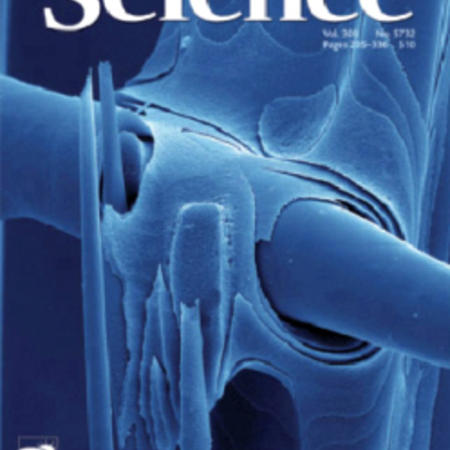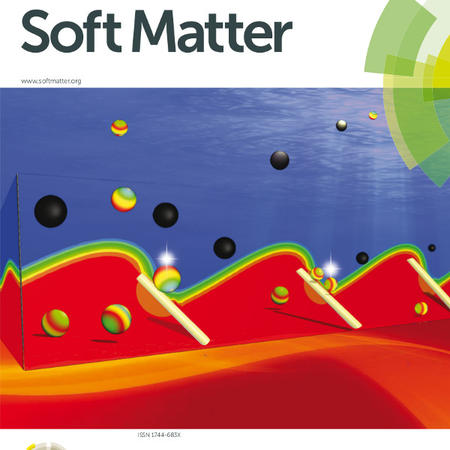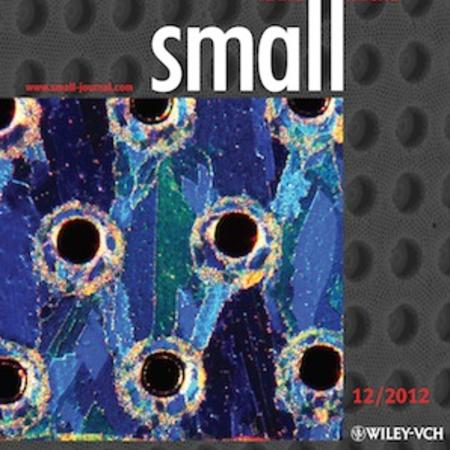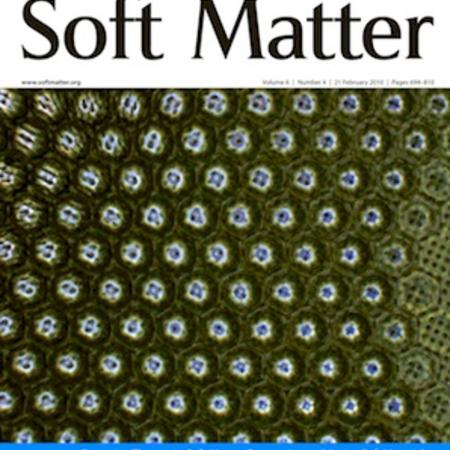Citation:
Abstract:
Due to recent advances in nanofabrication, phase-change condensation heat transfer has seen a renaissance. Compared to conventional heat transfer surfaces, nanostructured surfaces impregnated with chemically matched lubrication films (hereinafter referred to as “nanostructured lubricated surfaces”) have been demonstrated to improve vapor-side phase-change condensation heat transfer by facilitating droplet nucleation, growth, and departure. While the presence of nanoscale roughness improves performance longevity by stabilizing the lubrication film via capillary forces, such enhancement is short-lived due to the eventual loss of lubrication oil by the departing droplets. The objective of this study is to characterize oil depletion caused by pendant droplets during condensation. For our study, we nanostructured, chemically functionalized, and lubricated horizontal copper tubes that are widely used in shell-and-tube heat exchangers in power plants and process industries. Using high-speed fluorescence imaging and thermogravimetric analysis, we show that shedding droplets exert a shear force on the oil in the wetting ridge at the water–oil interface. The viscous shear draws the lubrication film from the nanostructured surface onto the upper portion of the droplet and forms a ring-like oil skirt. Through detailed theoretical analysis, we show that the thickness of this oil skirt scales with the classical Landau–Levich–Derjaguin (LLD) theory for dip-coating. Our results reveal that droplets falling from horizontal tubes break unequally and leave behind small satellite droplets that retain the bulk of the oil in the wetting ridge. This observation is in stark contrast with the earlier description of droplets shedding from tilted flat plates where the entire oil-filled wetting ridge is demonstrated to leave the surface upon droplet departure. By selecting lubrication oils of varying viscosity and spreading coefficient, we provide evidence that the contribution of the wrapping layer to the rate of oil depletion is insignificant. Furthermore, we show that due to the nanoscale features on the tubes, nearly half of the lubrication film remains on the surface after 10 h of continuous steam condensation at ambient pressure, 23 °C, and 60% relative humidity, a 2–3-fold improvement over previous results.The insights gained from this work will provide guidelines for the rational design of long-lasting nanostructured lubricated surfaces for phase-change condensation.




